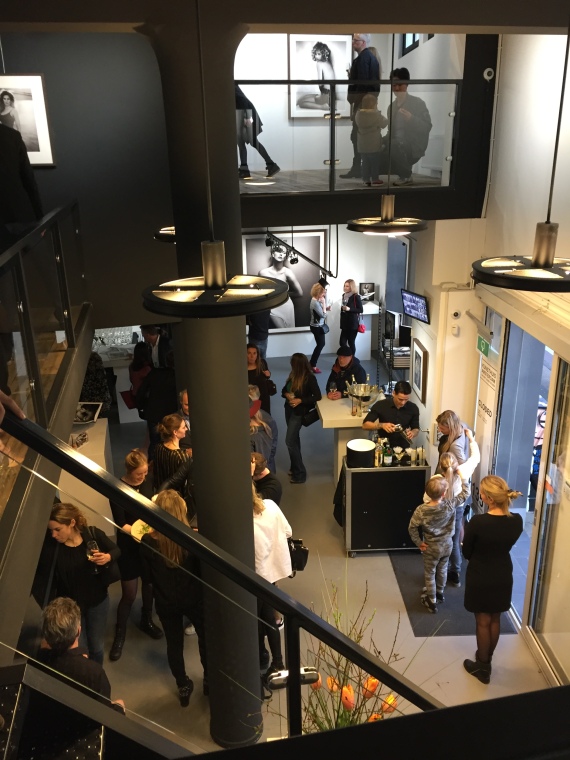“Let’s Take Back Control”, “Make America Great Again” and make “Nederland Weer Van Ons” (“Make The Netherlands Ours Again”). In the early part of the twenty-first century, governments around the Western world are shoring up country borders, building walls and protecting the values of the “indigenous” people. It would seem that we’re now witnessing a withdrawal from cultural interconnectivity nurtured by the internet and are becoming more afraid of the rest of the world, retreating into nationalist ways of thinking.
Messages of hate can be shared from one side of the globe to the other on Facebook in an instant but can we share empathy and make our cultures understood just as easily?







